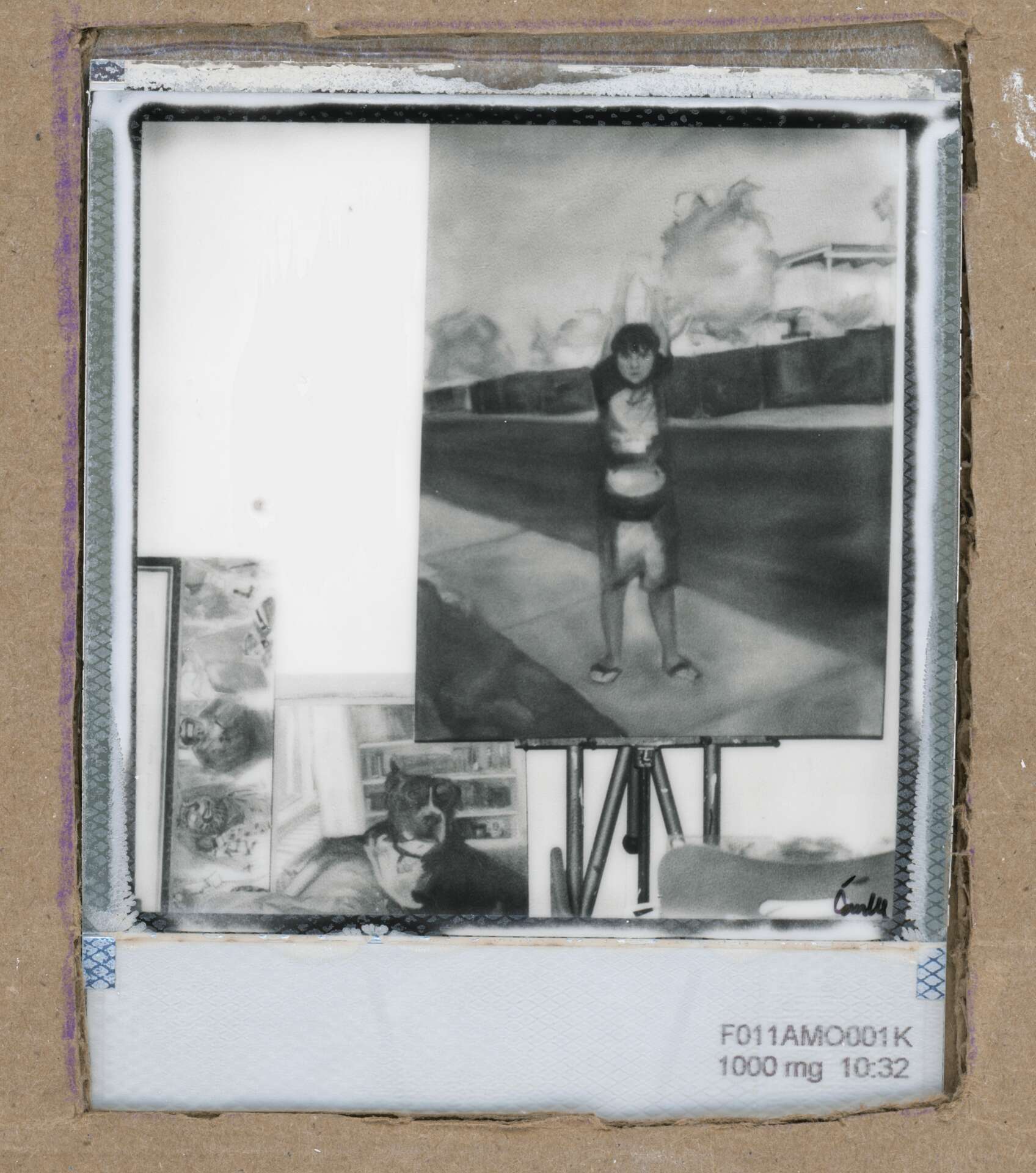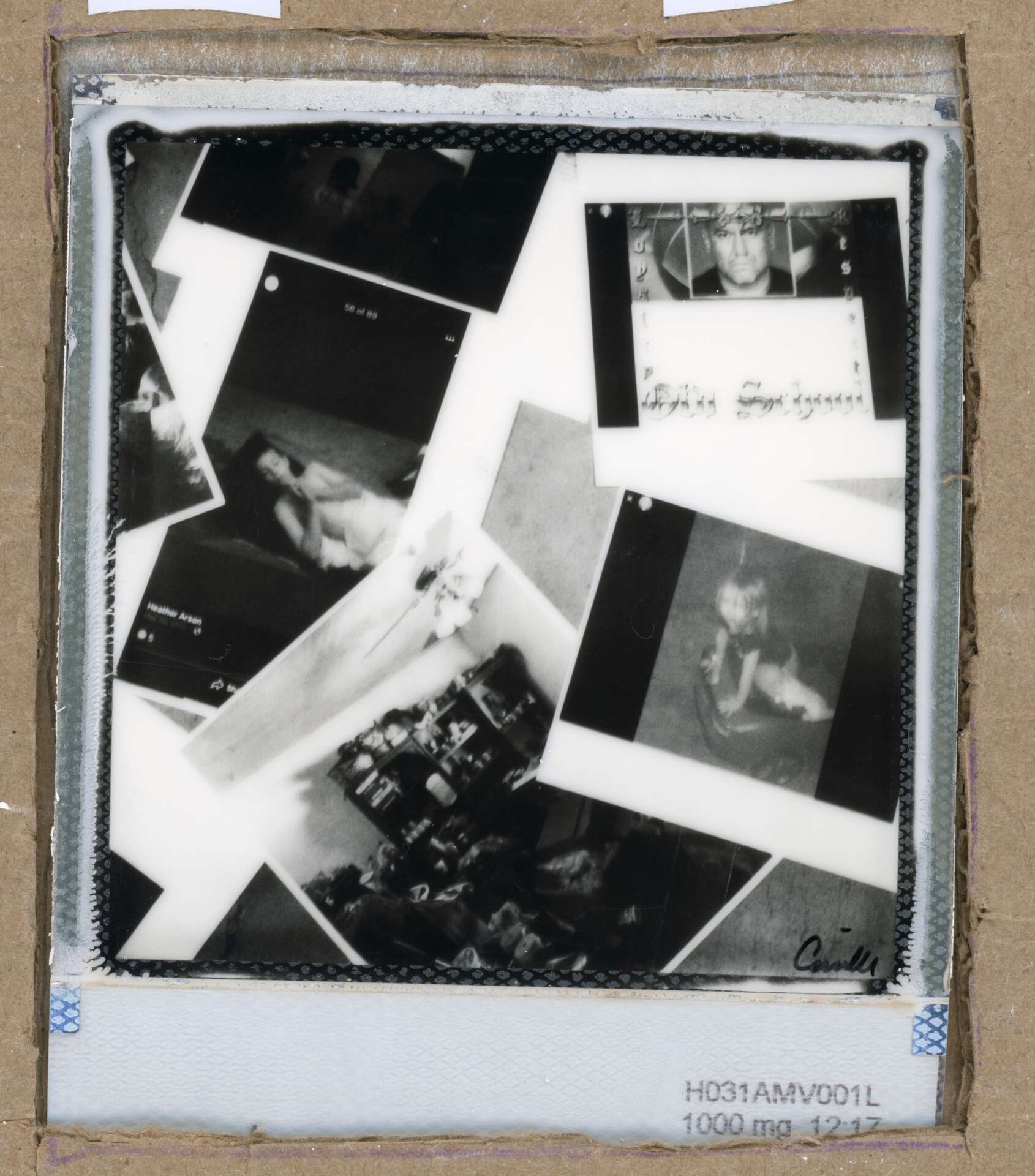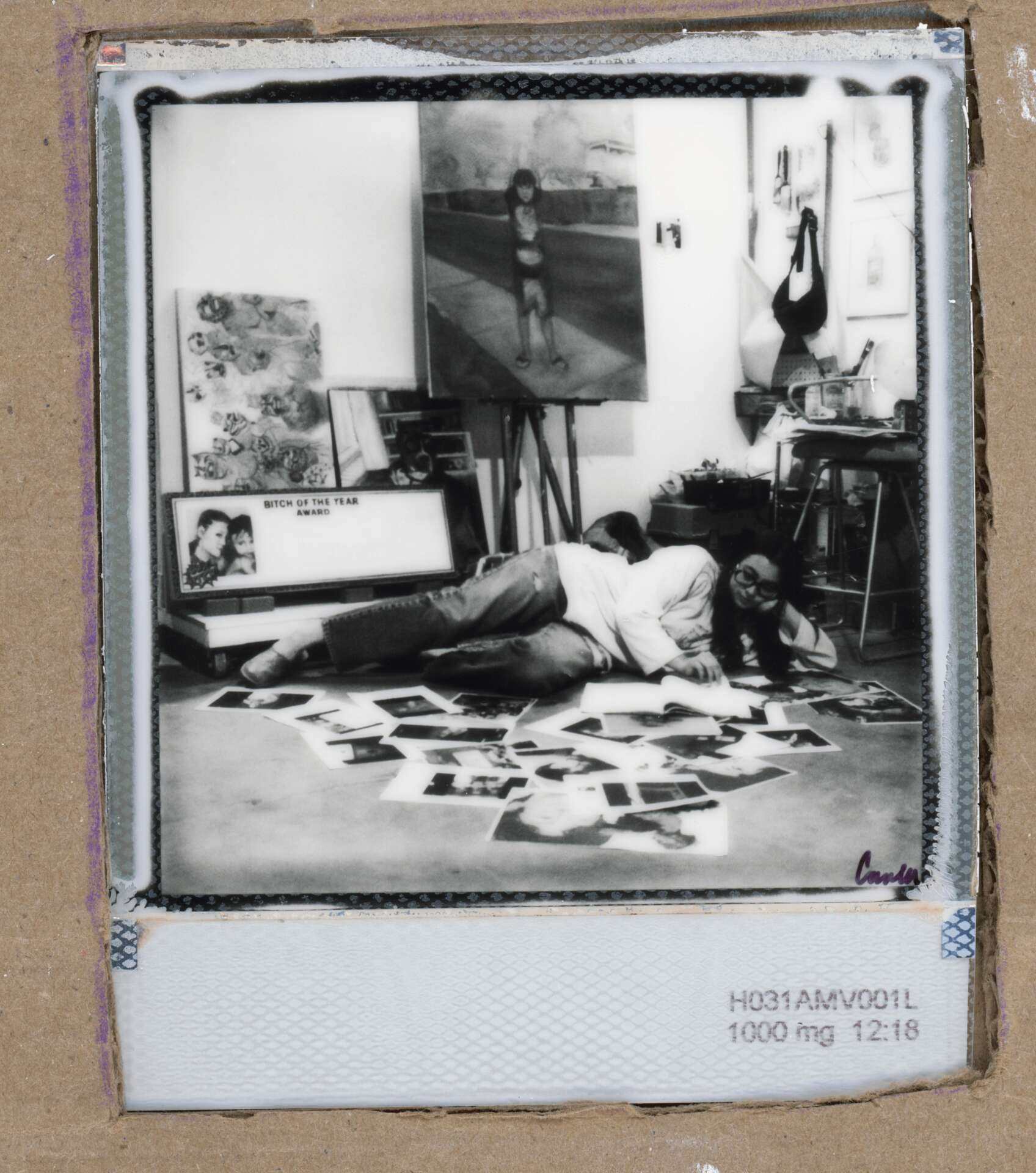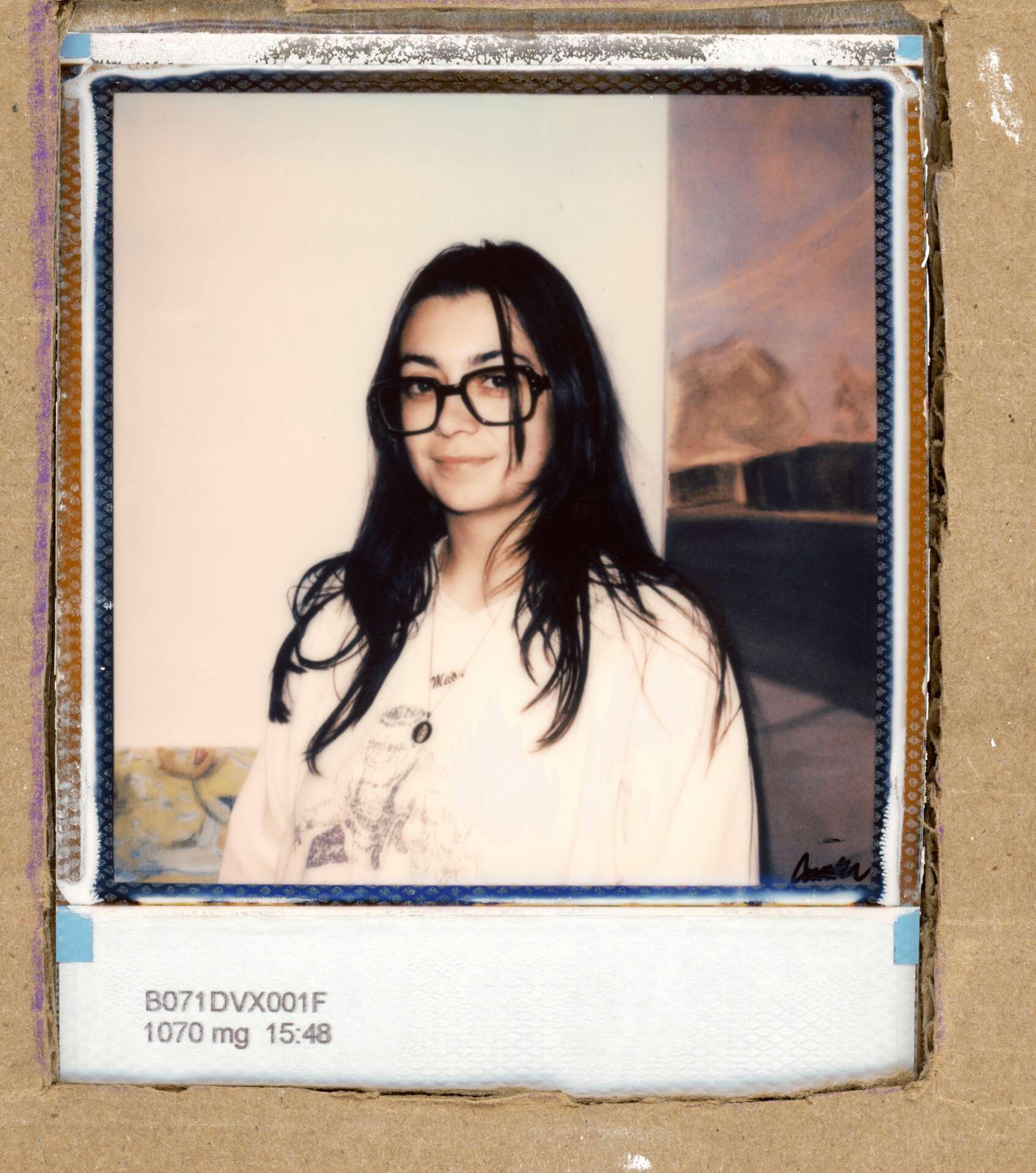We were lucky to catch up with Milan Bobinac recently and have shared our conversation below.
Milan, thanks for taking the time to share your stories with us today When did you first know you wanted to pursue a creative/artistic path professionally?
My first introduction to art as a profession came from my father. We lived in Maryvale, which limited our exposure to the art scene, but my father always tried to include us. He showed us that art was attainable even if the resources weren’t available by handing us a censored Juxtapose magazine and stopping by Grand Ave to look at murals or train cars. We lost our home at the height of the 2008 recession; my father’s artistic ingenuity and hustle materialized from our struggle. Using recycled materials from his day job, my father created sculptures to sell at roadside stands and, eventually, on first Fridays. His art became a passive income for my household; later, he began including my brother and me in his pursuit, allowing us to showcase our works alongside him. During this period, I began to see the struggles and successes of pursuing art as a career.
One of his first nights on First Friday, we visited as the night was winding down. Walking down Roosevelt, we spotted my dad, filled with eagerness and optimism, standing by his trailer of concrete sculptures. A self-portrait I had just finished was propped up on the side of the trailer; he couldn’t wait to share the crowd’s interest in my work. Although nothing sold that night, the spark in my father’s eyes as he stood by his creations was deeply impactful; his pride was tangible. Despite my youth, I understood that it wasn’t about the money made or lost but purely about his love of creating. This moment ignited a passion, and I now seek the same validation of my expression in my artistic journey.
Even after that period, my father’s tenacity and his ability to create consistently serves as a guiding light in my artistic career. The reality of the art market, even on a local scale, has given me a unique perspective. I don’t aspire for fame or provenance but for stability. My art often mirrors this realistic perspective with raw and unedited renderings of life. I create for the same reason my father does: for the genuine love of the game. His influence is evident in my artistic style, a testament to the lasting impact of his career on my journey.

Milan, love having you share your insights with us. Before we ask you more questions, maybe you can take a moment to introduce yourself to our readers who might have missed our earlier conversations?
I began honing my craft during my time at Phoenix College. I had been painting on and off before I enrolled, but those two years were a catalyst for my growth within the industry. I was meeting local artists through my instructors at school and slowly started networking downtown. Those early years were pivotal in developing my craft, not necessarily because all those connections were great but because I learned quickly that rejection and disappointment were integral to this journey. I remember vividly during a private critique with an instructor who deemed my references “low brow” and encouraged me to continue my work but with “higher brow” references. I think back to this moment often, and it forces me to reflect on my upbringing, sifting through memories for any missed opportunities to expand my artistic knowledge, and every time, I come back empty-handed. At that moment, I recognized that this professor wanted to stress the importance of an institution and the value of being “well-rounded.” Still, I knew I could never relinquish my perspective or references. Instead, instances like this served as a basis for my artistic style. I enjoy the juxtaposition of medium and subject: using oil paint to transcribe life’s gritty reality in an inner city. Oil painting, historically, existed as an exclusive medium reserved for nobility; oils are expensive, hard to obtain, and harder to master. I look to the historical properties of the medium as a challenge: how can I use oil to uplift my surroundings or circumstances to the same magnitude?
After Phoenix College, I completed the remainder of my degree at ASU. As a first-generation college student, I seized the opportunity and accessibility to more resources to push the boundaries of my work; I began to work in a larger format with more confidence in my mark-making. The haziness presented by haphazard marks complimented the overall tone of my work. My subjects were often memories and glimpses into a moment in time; I could translate that through a blurry, almost indiscernible rendering when up close, but as the viewer steps away, the image becomes in focus. With the help of my instructors, I curated a solo show upon graduation and presented a series based on my background and environment at the time. The show focused on scrapping metal and how this mode of passive income relates to addiction and existing in familiar circumstances. The exhibition was a valuable moment in my journey as an artist and a milestone for developing my craft. I included two installations that entailed erecting two telephone poles within the gallery—all aspects of the installation I sourced, built, and conceptualized by myself.
The scope of this solo exhibition was quite daunting for one person, but the feeling of validation after its completion was close to that felt by my dad on his first night at the art walk. It was one of my proudest moments, and more so because of the audience’s connection to the work. Everyone I spoke to while the exhibition was up had a memory or experience they could attribute to the works. Those interactions fuel my craft and reignite that sense of purpose when creating. I strive for my work to inspire others but also to validate my community and their plight. So often, we are neglected or silenced; the coverage of our lives only exists within the bounds of negativity or chaos. I want these works to acknowledge all aspects of our existence instead and show that we can, as a community, be proud of our resilience and determination within our given circumstances.

What do you find most rewarding about being a creative?
Being an artist is incredibly rewarding, and I am fortunate enough to be able to create at this time. However, the connections made with your audience are my artistic career’s most rewarding and validating aspect. As I continue to grow, the branches of those connections are shifting. I am no longer reaching only those within my community, city, and state. Individuals and communities across the country are now seeing me; this has allowed me to hear from people who relate to the same iconography and subjects I relate to in Phoenix. I so heavily value these discussions because of their profound impact on my perspective regarding the works. It opens my eyes to a new way of seeing beyond the subject matter and expanding the underlying concepts, and that is so gratifying as an artist.

We often hear about learning lessons – but just as important is unlearning lessons. Have you ever had to unlearn a lesson?
A big part of becoming an artist was unlearning the idea that everything you make has value. I think it’s essential when creating to realize that not all of your work will be great; I struggled a lot with this concept early on in my journey and still do, but letting go of past work and not dwelling on work that didn’t pan it has afforded me more freedom while creating. Somebody first told me to scrap something in my second year at Phoenix College. I had the opportunity to apprentice with a local artist; I was hung up on one particular painting during a session together. I couldn’t find a solution to the problems I faced in the composition, and he said start all over. It was shocking how I could start over if I spent so much time on it, but it was my best decision. It completely changed the way I approach my work as a whole.
Contact Info:
- Website: https://milanbobinac.com
- Instagram: alrightmilan


Image Credits
All images taken by Camille Guerin @p0lar0idprinc3ss


